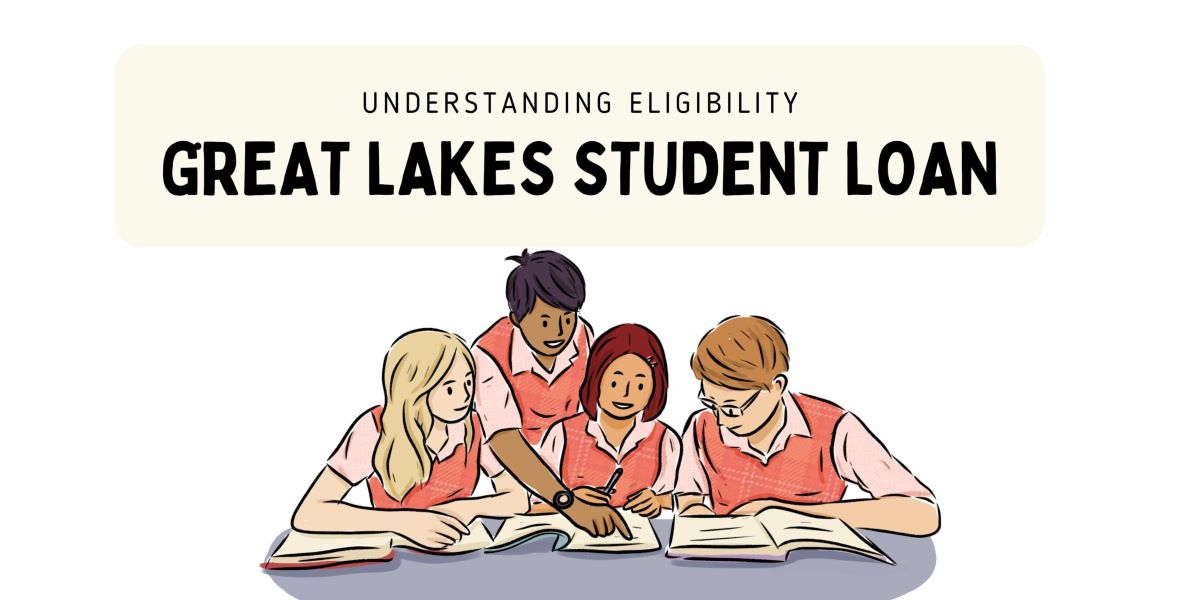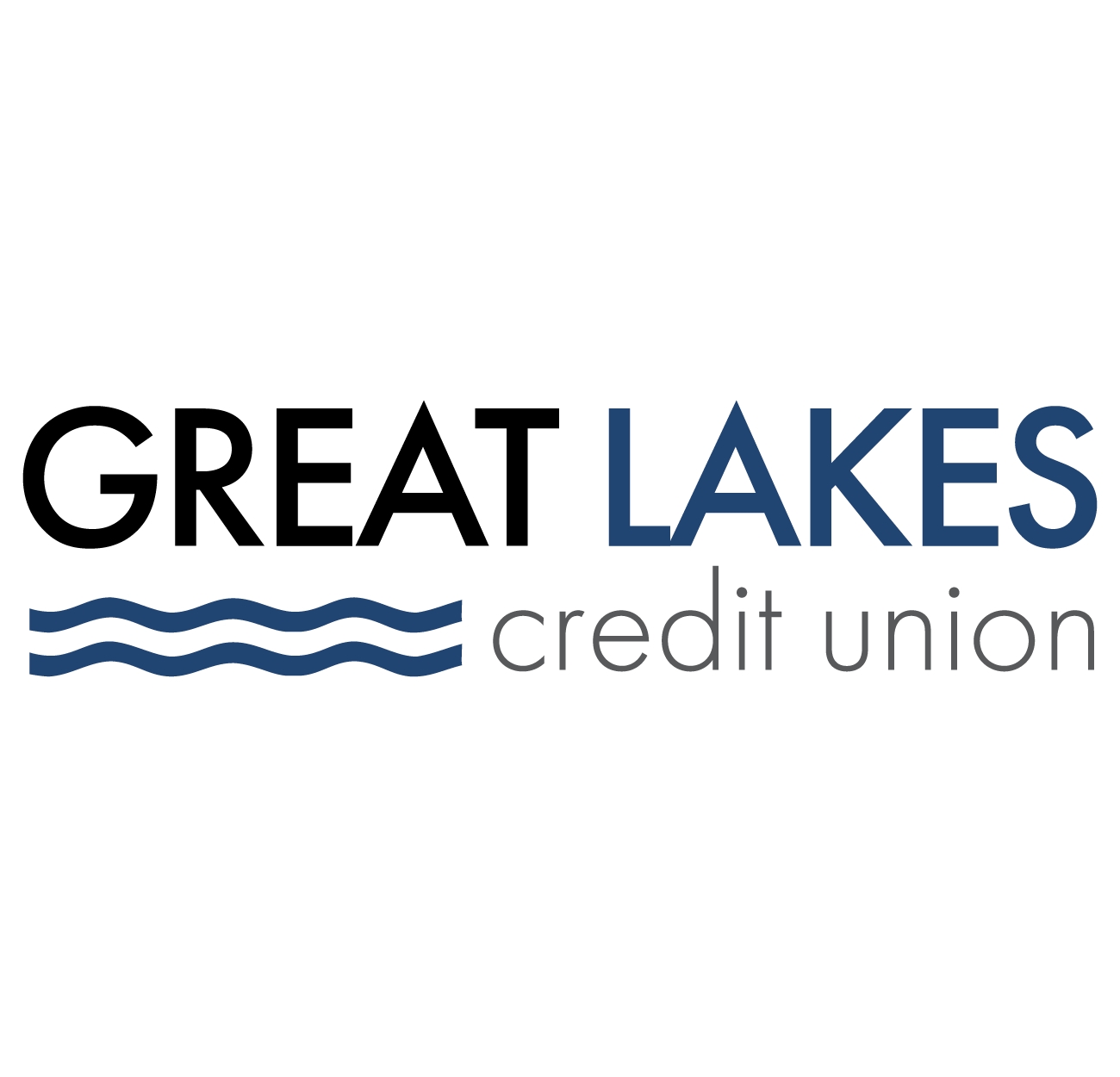Home>Finance>How Many Days Of Grace Period Is Given For Great Lakes Student Loans?


Finance
How Many Days Of Grace Period Is Given For Great Lakes Student Loans?
Published: February 21, 2024
Great Lakes student loans offer a grace period of up to 9 months after leaving school. Manage your finances effectively with this extended grace period. Apply now!
(Many of the links in this article redirect to a specific reviewed product. Your purchase of these products through affiliate links helps to generate commission for LiveWell, at no extra cost. Learn more)
Table of Contents
Introduction
Great Lakes Higher Education Corporation, often referred to as Great Lakes, is a well-known student loan servicer that assists millions of borrowers in managing their student loans. For many individuals pursuing higher education, student loans are an essential financial tool to afford the rising costs of tuition, books, and living expenses. Great Lakes plays a crucial role in servicing these loans, providing support and guidance to borrowers throughout the repayment process.
Navigating the world of student loans can be complex, especially for those who are new to the process. Understanding the terms and conditions of your student loan is essential for making informed decisions and effectively managing your finances. One key aspect of student loan repayment that often raises questions is the grace period provided to borrowers after they graduate, leave school, or drop below half-time enrollment.
In this article, we will delve into the specifics of Great Lakes student loans and explore the grace period offered to borrowers. We will discuss the duration of the grace period, its benefits, and provide valuable insights on how to effectively manage your student loans during this period. Whether you are a current student, recent graduate, or a borrower with existing Great Lakes student loans, understanding the grace period can empower you to make sound financial decisions and set a solid foundation for successful loan repayment. Let's embark on this journey to unravel the intricacies of the grace period for Great Lakes student loans.
Understanding Great Lakes Student Loans
Great Lakes Higher Education Corporation, commonly known as Great Lakes, is a nonprofit organization that serves as a student loan servicer, managing the repayment of federal student loans on behalf of the U.S. Department of Education. As a student loan servicer, Great Lakes plays a pivotal role in assisting borrowers with various aspects of their loans, including processing payments, providing customer support, and offering resources for managing and repaying student debt.
For individuals pursuing higher education, student loans serviced by Great Lakes can provide the financial means to cover educational expenses, including tuition, fees, and living costs. These loans are often a vital resource for students who require assistance in funding their education and do not have the immediate financial capacity to pay for college out of pocket.
Great Lakes services a range of federal student loans, including Direct Subsidized Loans, Direct Unsubsidized Loans, Direct PLUS Loans, and Direct Consolidation Loans. These loans are part of the William D. Ford Federal Direct Loan Program, which is the largest federal student loan program in the United States. Borrowers who have taken out federal student loans through this program may find that Great Lakes is their designated loan servicer, responsible for managing the repayment process once the borrower enters the repayment phase.
As a borrower with Great Lakes student loans, it is important to understand the terms and conditions of your loans, including the interest rates, repayment options, and any grace periods or deferment periods that may apply. By familiarizing yourself with the specifics of your student loans, you can make informed decisions regarding your repayment strategy and take advantage of the resources and support offered by Great Lakes to effectively manage your student debt.
Now that we have a foundational understanding of Great Lakes student loans, let’s explore the grace period provided to borrowers and its significance in the student loan repayment journey.
Grace Period for Great Lakes Student Loans
Upon completing their education or dropping below half-time enrollment, borrowers with federal student loans, including those serviced by Great Lakes, are typically granted a grace period. The grace period serves as a transitional period during which borrowers are not required to make payments on their student loans. This period allows borrowers to adjust to post-education life, seek employment, and establish a financial foundation before commencing regular loan repayments.
For Great Lakes student loans, the standard grace period is six months. This means that borrowers have six months from the time they graduate, leave school, or drop below half-time enrollment before they are obligated to begin making payments on their loans. During this grace period, interest may accrue on certain types of federal student loans, such as unsubsidized loans, so it’s important for borrowers to understand the implications of interest capitalization and consider their repayment strategy accordingly.
The grace period offers a valuable opportunity for borrowers to plan their finances and explore various repayment options available through Great Lakes. It provides a buffer of time during which borrowers can assess their employment prospects, create a budget, and explore loan repayment plans that align with their financial circumstances. Additionally, the grace period allows borrowers to address any changes in their contact information, update their personal details, and familiarize themselves with the resources and tools offered by Great Lakes for managing their student loans.
It’s important to note that the grace period is a finite period, and borrowers should proactively prepare for the transition to full loan repayment once the grace period concludes. Understanding the terms of the grace period, including its duration and implications, empowers borrowers to make informed decisions and take proactive steps to effectively manage their student loans during this phase of the repayment journey.
Next, we will delve into the benefits of the grace period and how it can positively impact borrowers with Great Lakes student loans.
Benefits of Grace Period
The grace period for Great Lakes student loans offers several significant benefits to borrowers as they transition from their educational pursuits to the workforce. Understanding and leveraging these benefits can empower borrowers to navigate the post-education phase strategically and lay a strong foundation for successful loan repayment.
- Financial Breathing Room: The grace period provides borrowers with a temporary break from making student loan payments, allowing them to allocate their financial resources towards essential living expenses, job hunting, and other transitional needs. This breathing room can alleviate immediate financial pressure and offer a degree of flexibility as borrowers establish themselves in their post-education endeavors.
- Employment Pursuit: Six months can be a critical period for recent graduates to secure employment or explore career opportunities. The grace period enables borrowers to focus on job search activities, interviews, and professional networking without the immediate burden of student loan payments, facilitating a smoother transition into the workforce.
- Financial Planning: During the grace period, borrowers can engage in comprehensive financial planning, including creating a budget, setting financial goals, and evaluating their overall financial situation. This proactive approach can help borrowers prepare for the eventual commencement of loan repayments and make informed decisions about their financial priorities.
- Exploration of Repayment Options: The grace period offers borrowers the opportunity to research and understand the various repayment plans and options available through Great Lakes. By exploring these options, borrowers can identify a repayment plan that aligns with their financial circumstances, ensuring a smooth transition into the active repayment phase.
- Interest Subsidy Considerations: For subsidized federal student loans, the grace period represents a period during which the government continues to pay the accrued interest. This subsidy can provide relief to borrowers, particularly those who may face financial constraints during the initial post-education period.
By recognizing and capitalizing on these benefits, borrowers can make the most of the grace period provided by Great Lakes, setting the stage for a well-informed and proactive approach to student loan repayment. Next, we will explore strategies for effectively managing Great Lakes student loans during the grace period, maximizing the benefits while preparing for the subsequent phases of loan repayment.
Managing Your Great Lakes Student Loans During the Grace Period
Effectively managing your Great Lakes student loans during the grace period is essential for setting a strong foundation for successful loan repayment. By proactively addressing key elements of your student loan strategy, you can make the most of this transitional phase and ensure a smooth transition into the active repayment period.
- Educate Yourself: Take the time to familiarize yourself with the specific details of your Great Lakes student loans. Understand the loan types, interest rates, and any accrued interest during the grace period. Accessing your loan information through the Great Lakes online portal or contacting their customer service can provide valuable insights.
- Explore Repayment Options: Research the various repayment plans offered by Great Lakes, such as income-driven repayment plans, graduated repayment plans, and standard repayment plans. Evaluate each option based on your financial situation and long-term repayment goals. Utilize online calculators and resources provided by Great Lakes to estimate potential monthly payments under different plans.
- Create a Budget: Develop a comprehensive budget that accounts for living expenses, potential loan payments post-grace period, and any additional financial goals. Establishing a budget during the grace period can help you manage your finances effectively and identify areas where you can allocate resources to build an emergency fund or address outstanding debts.
- Update Contact Information: Ensure that your contact information with Great Lakes is accurate and up to date. Any changes in address, phone number, or email should be promptly communicated to Great Lakes to avoid potential communication disruptions regarding your student loans.
- Utilize Resources: Take advantage of the educational resources and tools provided by Great Lakes. These may include financial literacy materials, repayment calculators, and guidance on navigating the loan repayment process. By leveraging these resources, you can enhance your understanding of student loan management and make informed decisions.
- Consider Loan Consolidation: If you have multiple federal student loans serviced by Great Lakes, explore the option of loan consolidation. Consolidating your loans can streamline the repayment process by combining multiple loans into a single loan with a single monthly payment, potentially extending the repayment term and providing more manageable payment amounts.
By actively engaging in these strategies, borrowers can maximize the benefits of the grace period and lay a solid groundwork for navigating the subsequent phases of student loan repayment. Being proactive, informed, and strategic during the grace period can contribute to a smoother transition into active loan repayment and long-term financial stability.
Conclusion
The grace period for Great Lakes student loans represents a valuable opportunity for borrowers to transition from their educational pursuits to the responsibilities of loan repayment. Understanding the nuances of the grace period and capitalizing on its benefits can significantly impact a borrower’s financial stability and long-term loan management strategy.
During the grace period, borrowers can benefit from the breathing room to focus on employment opportunities, financial planning, and exploring repayment options. By leveraging this time effectively, borrowers can set the stage for a proactive and informed approach to student loan repayment through Great Lakes.
As the grace period draws to a close, it is crucial for borrowers to have a clear understanding of their chosen repayment plan and to be prepared for the commencement of loan payments. By educating themselves, creating a budget, and leveraging the resources offered by Great Lakes, borrowers can navigate the transition into active loan repayment with confidence and clarity.
Ultimately, the grace period serves as a bridge between the academic journey and the financial responsibilities of loan repayment. By embracing this period as an opportunity for strategic planning and informed decision-making, borrowers can lay a solid foundation for managing their Great Lakes student loans effectively and achieving long-term financial wellness.
As you navigate your student loan repayment journey, remember that Great Lakes is a valuable partner, offering support, resources, and guidance to empower borrowers in managing their student debt. By staying informed, proactive, and engaged throughout the grace period and beyond, you can position yourself for financial success and confidently navigate the path to becoming debt-free.














